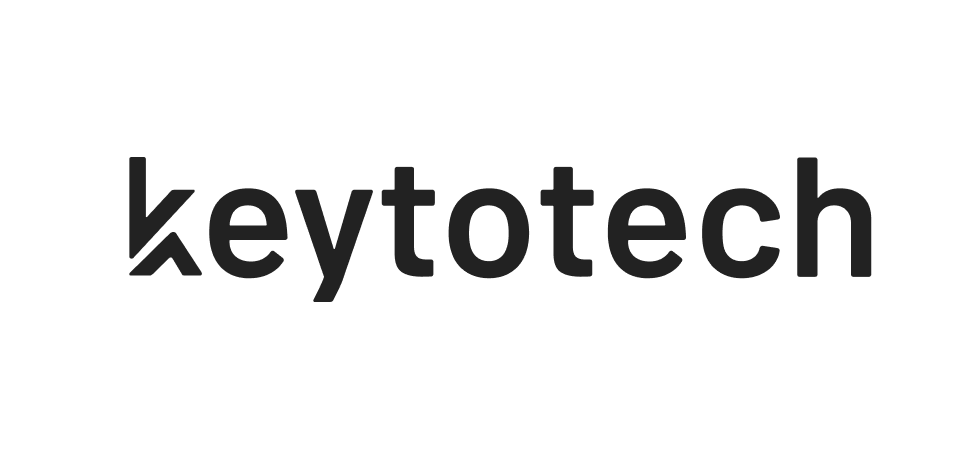PoC vs Prototype vs MVP: What’s the difference?

When you reach out to software development houses with a new idea, they usually suggest starting with the development of PoC, Prototype, or MVP. But what do these terms mean, what is the difference, and which option you should choose?
Understanding the value of each of these three concepts undoubtedly affects the success of your project. And here’s how:
What is PoC?
PoC or Proof of Concept. It can be hard to understand the real advantages of PoC if you are new to product development. Although it’s not only used in IT but in many other industries like filmmaking, engineering, drug development, etc.
In software development, developers use PoC to test particular assumptions (usually technical) and verify if the idea is appliable.
Namely, proof of concept determines whether your app can be built either cost-effectively, without stumbling blocks or in general.
PoC doesn’t mean implementing the whole system but somehow covering its crucial parts. It is used internally to test if the idea is feasible and to find the optimal way for further development. You can also use it to show financial viability to get seed fundings.
The PoC aims to confirm the implementation will work as planned. It also helps to reduce possible failures during later development stages. Startups and enterprises usually start with PoC to convince all stakeholders about the value of the solution.
If the project involves big risks and big investments, it is important to make sure that you do not run out of budget, schedule, or some parts of the project can be implemented properly.
What is Prototype?
Many believe that PoC and Prototype mean the same thing. But actually, it’s two different concepts with similar purposes. The PoC shows whether the product or its feature can be developed, and the Prototype – how it can be developed.
The Prototype focuses on the visualization of the product. It shows how the product will look and feel. It’s like a draft or the first attempt to make a working model.
The main advantage of the Prototype is that you can quickly test it for possible errors. Although you don’t release it to the market, you can receive feedback from prospective users. Then based on testers’ reviews, developers can quickly make changes to the existing one, release new versions, or create a new prototype.
Compared to full development, this is more time and cost-saving solution that helps to identify customer needs, errors, and get early feedback.
What is MVP?
The main difference between the MVP (Minimum Viable Product), PoC, and Prototype is that the MVP is functioning as a fully working product. Minimum Viable Product approach is very popular among startups since its based on developing a basic, most crucial functionality. When you first release the app, it isn’t packed with a ton of fancy features but includes only the main functionality to provide the core value of your product.
The MVP approach helps you to spend less on software development, make a quick launch, and get valuable feedback before the long run. Early feedback will help you understand which features are desired and which are not. You can use this data to make useful improvements and to plan future development.
Many well-known companies started with MVP. When the Airbnb founders came up with an idea, they didn’t have a nice product with options to select a date or price.
Targeting conference visitors, who were struggling to find affordable hotel rooms in the city, they launched a simple website. Airbedandbreakfast.com offered an apartment space with air mattresses, free WIFI, and business networking opportunities. Their first MVP led to the development of the Airbnb we know today.
To conclude
Unfortunately, many startups fail. Among the biggest factors is the lack of research during the early stages. Understanding the value of PoC, Prototype, MVP, and choosing the right strategy not only saves you time and money but also significantly reduces the risks of failure.
If you are not sure where to start – our specialists are ready to help. Contact us today and let’s create successful products together!



